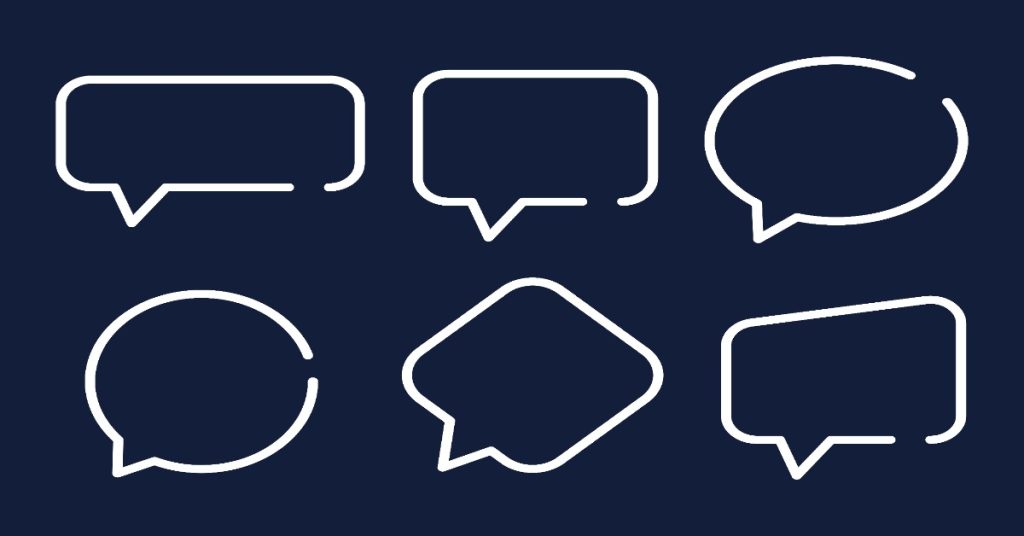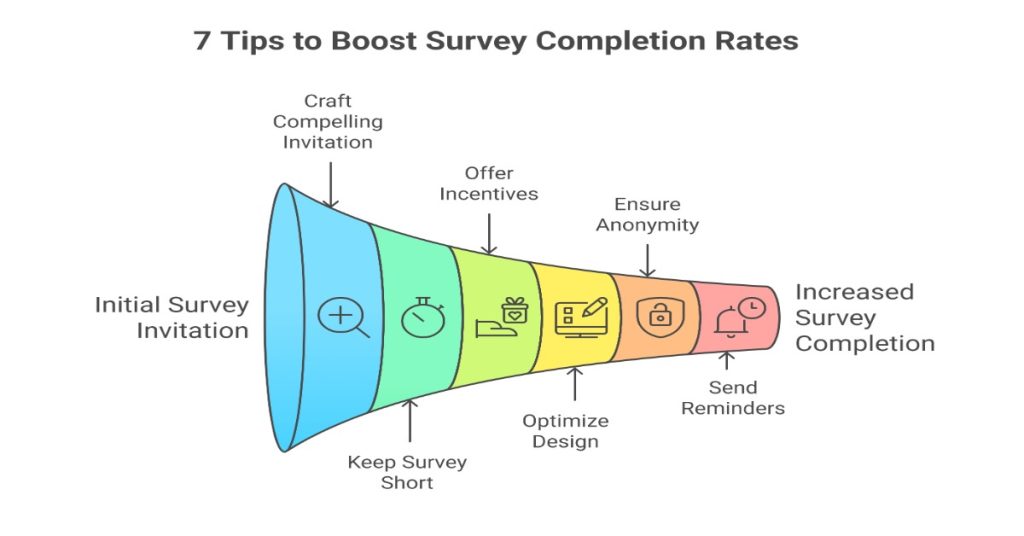Surveys are a powerful tool to gather valuable insights from your audience, customers, or stakeholders. But an essential challenge that many face is low survey completion rates—people starting your survey but abandoning it halfway or never taking it at all. Understanding and improving your survey completion rate is vital to ensure you collect meaningful and actionable data. This blog explores practical, human-centered strategies to maximize your survey completion rates, making the process enjoyable and rewarding for participants.

Table of Contents
What is Survey Completion Rate and Why Does It Matter?
Survey completion rate is the percentage of respondents who finish the survey after beginning it. A high completion rate means your survey is engaging, clear, and respects respondents’ time. A low rate can signal that your survey may be too long, confusing, or uninteresting, causing people to drop off prematurely.
A higher completion rate leads to:
- More reliable data that truly reflects your audience
- Deeper insights from full responses, including open-ended questions
- Reduced bias from incomplete or rushed answers.
Keep Your Survey Short and Focused
A concise survey is one of the most effective ways to boost completion. Aim to keep surveys under 10 minutes or about 10-15 questions.
Clear, specific questions help respondents answer quickly and confidently. Avoid unnecessary or redundant questions. Ask only what you truly need to know for your research goals.
Tips:
- Prioritize questions aligned with your key objectives.
- Use simple language, avoiding jargon or complex phrasing.
- Put open-ended or personal questions at the end when respondents are more invested.
Make Your Survey Engaging and Easy to Navigate
Boredom and frustration kill completion rates. Keep respondents interested by making your survey visually appealing and interactive.
- Use varied question types: Mix multiple choice, rating scales, sliders, and open comments.
- Incorporate visual prompts like images, GIFs, or videos to break monotony.
- Consider mobile-friendly design with swipe or tap actions, as 80%+ respondents use phones.
- Add progress bars to inform how much is left, reducing drop-offs from uncertainty.
Communicate Purpose and Value Clearly
Transparency about how survey data will be used reassures respondents of their role’s importance.
- Begin with a friendly introduction that explains what the researchers hope to achieve.
- Highlight how their feedback will make a difference or improve products, services, or policies.
- Reassure about privacy and data protection to remove participation hesitations.

Offer Incentives Thoughtfully
Incentives are proven motivators to encourage survey participation and completion.
Incentives don’t always have to be financial; consider:
- Discounts or coupons
- Entry into prize draws
- Access to exclusive information or content
- Branded merchandise
Make sure your incentives are clear from the beginning to increase motivation.
Choose incentives that fit your audience’s preferences and survey context.
Optimize Timing and Survey Distribution Channels
Sending surveys at the right time maximizes attention and willingness to respond.
- Avoid busy periods like holidays or start/end of workdays.
- Capitalize on moments when your organization or product is top-of-mind (e.g., post-purchase or event).
- Use multiple distribution channels tailored to your audience: email, SMS, social media, websites, or mobile apps.
- Consider reminders but keep them polite and infrequent — one or two nudges improve completion without annoyance.
Remove Friction and Technical Barriers
Technical issues cause many dropouts. To prevent this:
- Test your survey on multiple devices and browsers.
- Ensure fast loading times and simple navigation.
- Avoid forcing lengthy text entries on mobile.
- Make it possible to pause and return later if needed.
Personalize and Target the Right Audience
Survey relevance starts with targeting the correct audience.
Sending your survey to people who have a genuine connection to the topic improves interest and survey completion rates.
Personalization helps respondents feel valued:
- Use names or tailor questions based on past interactions.
- Segment your audience for more targeted questions.
- Avoid asking irrelevant questions by using skip logic and branching.
Summary: Best Practices to Improve Survey Completion Rate
| Strategy | Key Points |
| Keep survey short and focused | Under 10 minutes, concise and relevant questions |
| Engage visually and interactively | Use images, varied questions, and progress bars |
| Communicate purpose clearly | Explain value, protect privacy |
| Offer suitable incentives | Discounts, prizes, gamification |
| Send surveys at the right time | Avoid holidays, use reminders |
| Optimize for all devices | Mobile-friendly, bug-free, fast loading |
| Personalize and target properly | Use names, segment, use skip logic |

People Also Ask
1. How can I personalize surveys?
You can personalize by:
- Addressing respondents by their names.
- Customizing questions based on previous responses or known data.
- Segmenting your mailing lists for specific groups with tailored surveys.
2. What types of incentives improve survey completion rates?
Incentives can be:
- Monetary: Gift cards, cash rewards, or discounts.
- Non-monetary: Recognition, donation to charity, exclusive content.
- Gamified: Points, badges, or progress-based rewards that make surveys feel like a game.
3. How can I make my survey more engaging?
To make surveys engaging:
- Start with a positive, clear introduction explaining the purpose and estimated survey completion time.
- Personalize the survey experience by addressing respondents directly when possible.
- Use conversational and clear tone instead of formal or robotic language.
- Include interactive elements and avoid overusing repeated scales or question types.
- Keep transitions smooth and guidance clear to avoid confusion.
4. Why do people abandon surveys?
Several reasons cause survey abandonment:
- Length: Long surveys tire or overwhelm participants, prompting dropout.
- Relevance: If questions feel unrelated or unimportant, interest fades.
- Complexity: Difficult or confusing questions frustrate respondents.
- Privacy concerns: Sensitive questions without clarity on data use deter survey completion.
- Technical issues: Slow, buggy, or poorly formatted surveys on mobile lead to abandonment.
- Lack of incentives or appreciation: Respondents need motivation to finish surveys.
Addressing these root causes is critical to increase survey completion rates.
Read More
Understanding the Impact of Sample Size on Survey Results
Master Survey Fieldwork: The Ultimate Guide to Collecting Groundbreaking Data
Semi-Structured Questionnaire: Definition, Advantages & Examples for Effective Research
Conclusion
Improving your survey completion rate is about respect—respecting your respondents’ time, interests, and preferences. Clear, concise, engaging surveys that show transparency, offer value, and remove barriers are more likely to be completed.
By applying these human-centered strategies, you don’t just gain more data—you gain better data that truly reflects your audience’s voice and drives informed decisions.

